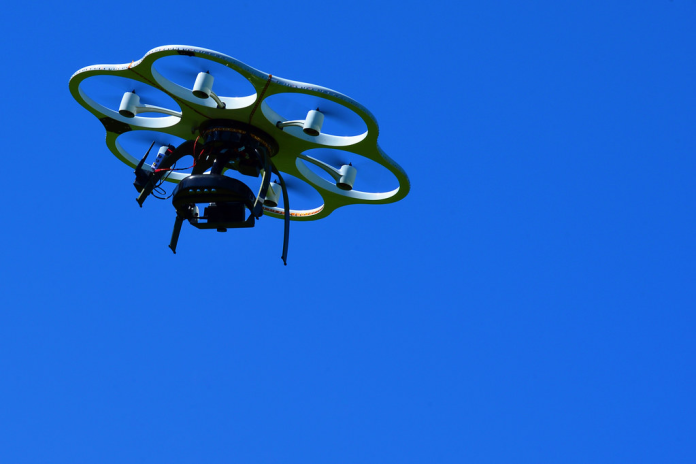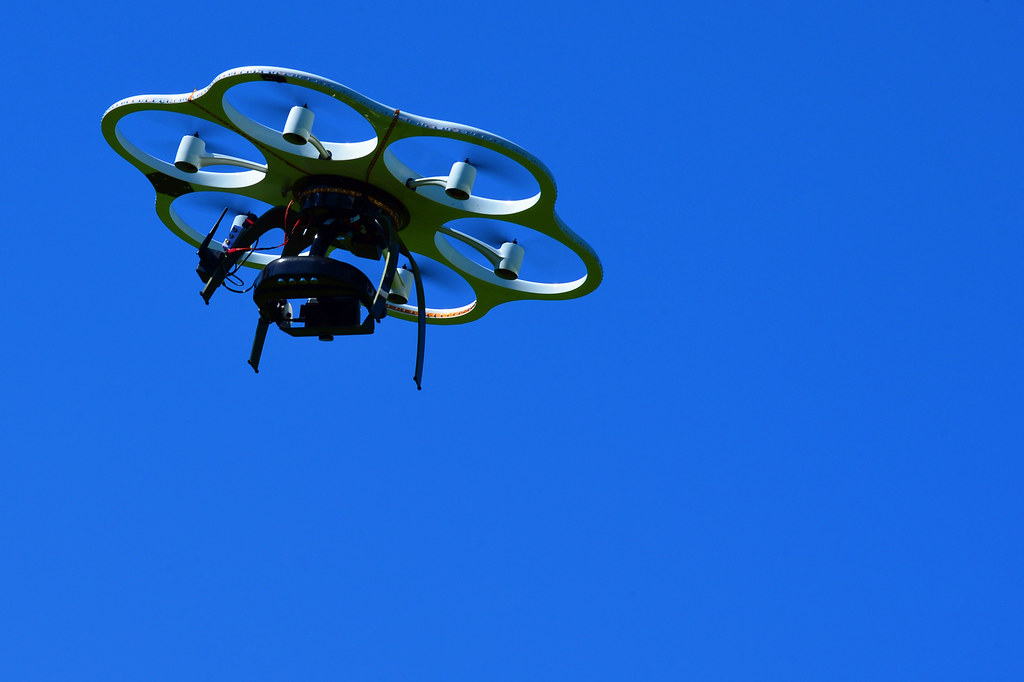
Might a six-pound quadcopter flying on a hair-thin tether determine the outcome of a battlefield? In Ukraine’s fourth year of all-out war, the response is more and more yes. Ukraine’s fast-moving adoption of unmanned aerial vehicles (UAVs) and unmanned ground vehicles (UGVs) has not only rewritten its defensive and offensive playbook but created unprecedented battlefield phenomena including the first known example of a fully robotic attack that concluded with the enemy soldiers laying down their arms to machines.

1. From Dugout to Drone Custody
Outside Kharkiv, Ukraine’s 3rd Assault Brigade conducted an operation that highlighted the sophistication of its unmanned systems doctrine. A kamikaze UGV mounted with three anti-tank mines on the ground compelled Russian soldiers out of hiding. From above, a FPV drone led them through exposed areas to Ukrainian lines, where they were taken into custody. As operator “LaCoste” explained, the psychological effect of “a tiny vehicle… full of explosives” was paramount. It was not a single stunt it was a turning point toward unmanned systems performing tasks previously performed by infantry.
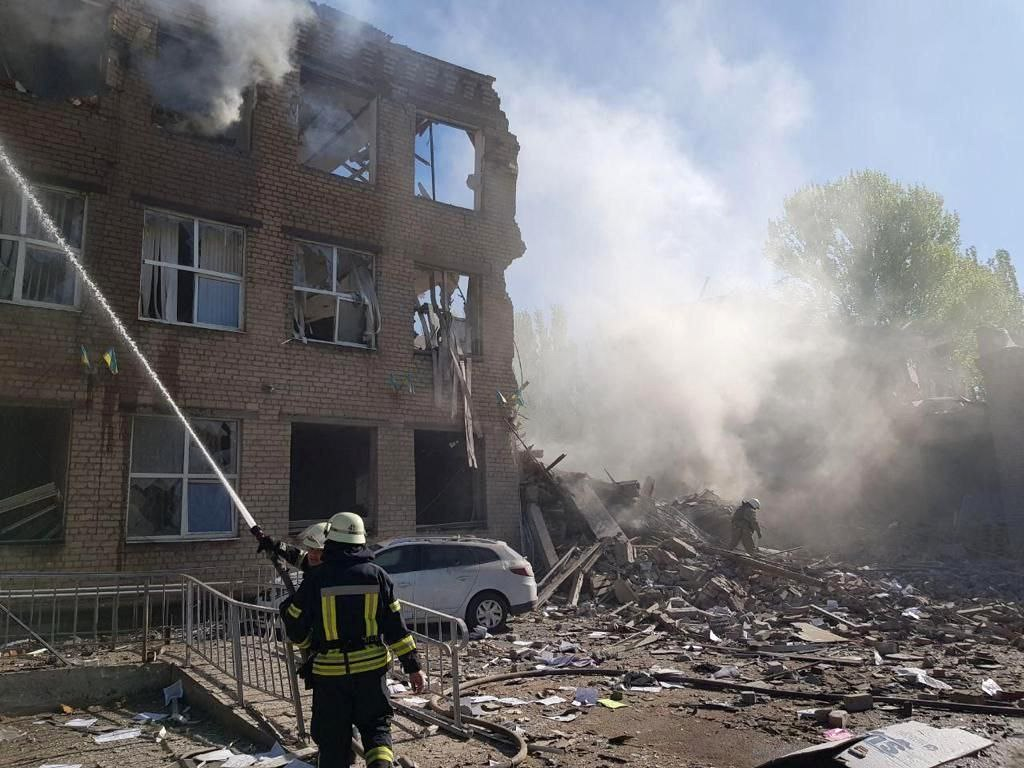
2. Widening the Kill Zone
The spread of cheap FPV drones has brought the “kill zone” out to 6–9 miles from the front, and 60–70% of casualties are now caused by drones, as verified by combat medics. Urban streets are shrouded in anti-drone netting, and frontline cities such as Kostiantynivka have been evacuated. The strategic implications are dire: supply lines are constantly being watched, mechanized advances are a rarity, and assault units are only able to advance in small groups.
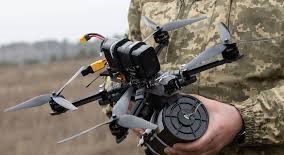
3. Fiber-Optic Drones: Russia’s EW Counterpunch
Russia’s introduction of fiber-optic tethered FPV drones in summer 2024 has tilted the electronic warfare scales. These platforms, linked to operators through miles of super-thin cable, are resistant to radio-frequency jamming a principal weakness for traditional drones. As did Yurih “Achilles” Fedorenko of Ukraine’s 429th Separate Regiment of Unmanned Systems, “As long as the cable is intact, the drone remains in full control.” Fedorenko puts Russia’s supply superiority in Chinese fiber-optic components at nine to one, facilitating quicker scaling.
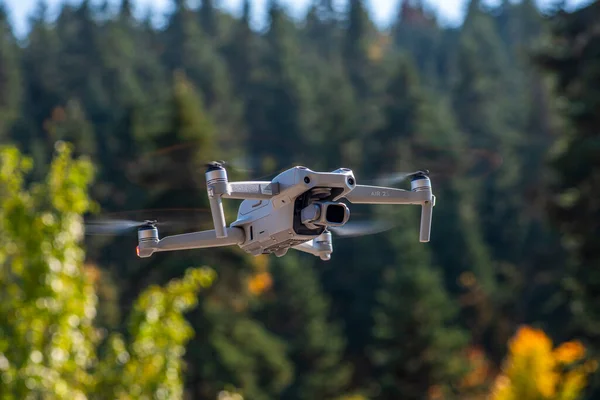
4. AI-Based Autonomy and Targeting
Semi-autonomous guidance kits now enable Ukrainian UAVs to target and finish missions even if control links are dropped within EW-dense areas. Fedorenko explained drones reaching heights with the best signal strength, locking onto targets, and entering autonomous strike mode against stationary and mobile vehicles. Ukrainian company Twist Robotics has processed millions of battlefield images to train AI models to differentiate “a tank from a bush,” allowing automatic identification of targets. This is one step towards swarm operations, when several drones agree on strikes without continuous human intervention.
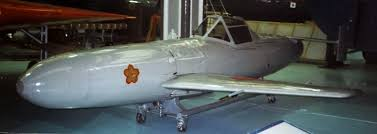
5. Swarm Warfare and Combined Arms Robotics
Startups such as Swarmer are constructing platform-independent swarm software that brings the number of operators down from nine to three. The software allows drones to exchange targeting information, allocate payloads, and verify damage in aggregate. Future versions will look to combine aerial swarms with UGVs in mixed arms robotic operations such as pairing kamikaze ground robots with airbase UAVs for coordinated attacks, a maneuver already utilized in Ukrainian formations such as Khartia.
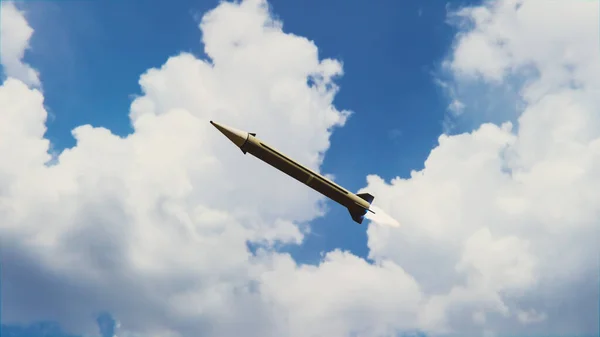
6. Long-Range Precision Strikes
Ukraine’s deep-strike capability rests on platforms such as the AN-196 Liutyi, a propeller-pushed UAV with a 21-foot wingspan, 110-pound warhead, and up to 2,000 km range. Employing satellite and inertial guidance with machine vision terminal guidance, it has hit oil depots, air bases, and defense factories deep within Russia. Germany’s development of 500 more such units indicate a desire to roll out this precision strike approach.
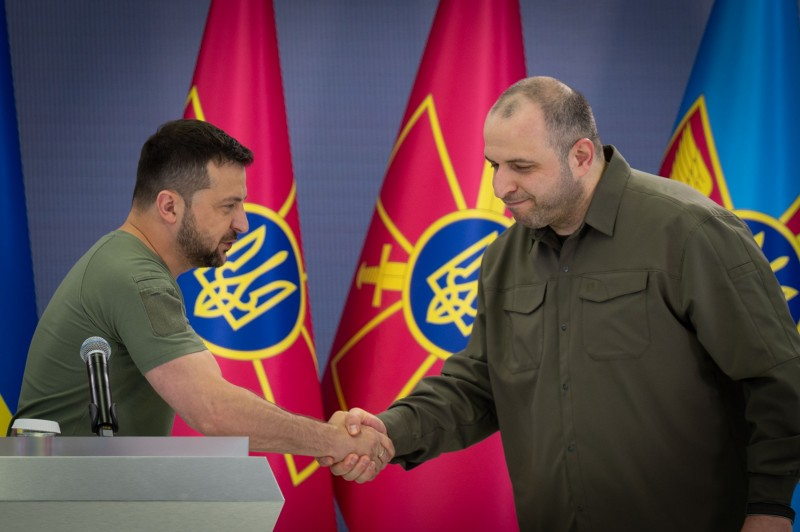
7. Ground Robotics at Scale
Ukraine’s Defense Ministry will deploy a minimum of 15,000 unmanned ground vehicles (UGVs) this year, more than 100 of which are homegrown models listed by the Brave1 tech incubator. Operations include mine clearing (such as Rovertech’s Zmiy with flails) up to casualty evacuation and direct fire support with grenade launchers. Although the majority are teleoperated, autonomy is a development priority to meet manpower gaps. As Cmdr. Robert Brovdi pointed out, “It is the routine reality of how we wage our war… learn fast, adapt even faster, and scale what works.”
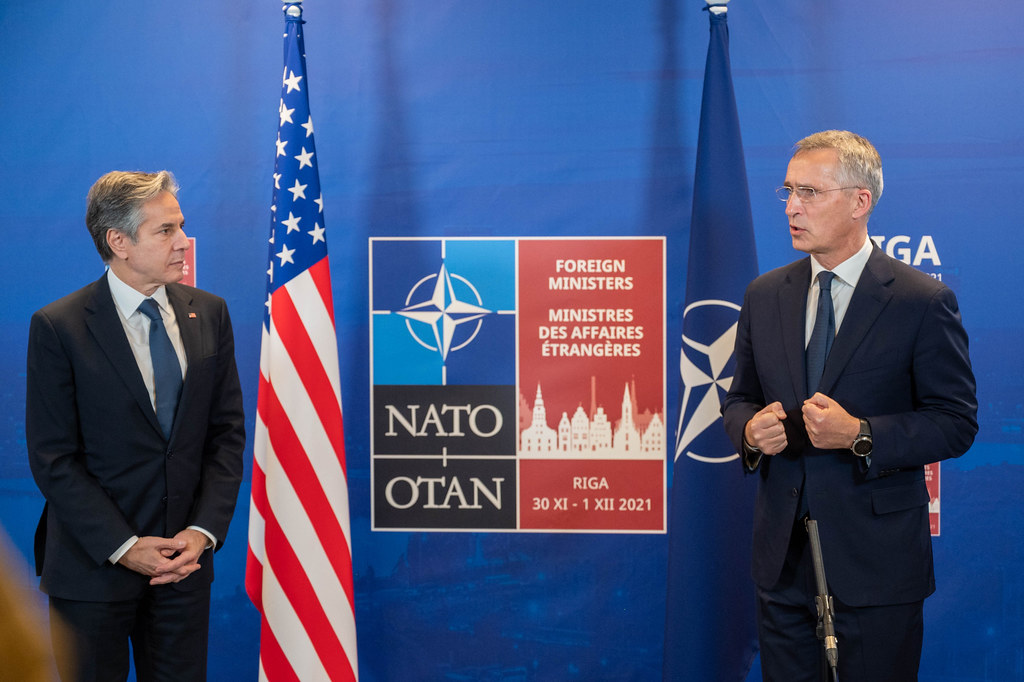
8. The U.S. and NATO Learning Curve
Western militaries are watching Ukraine’s “battle lab” conditions closely. FPV combat scenarios and EW-resistant control techniques are being integrated into the U.S. Army’s T-REX exercises, though domestic experimentation is limited by FCC and FAA regulations on jamming. NATO experts are most interested in combining unmanned systems with legacy armor a capability Fedorenko thinks can restore the combat potential of platforms like the Bradley when enemy UAVs and air defenses are defeated.
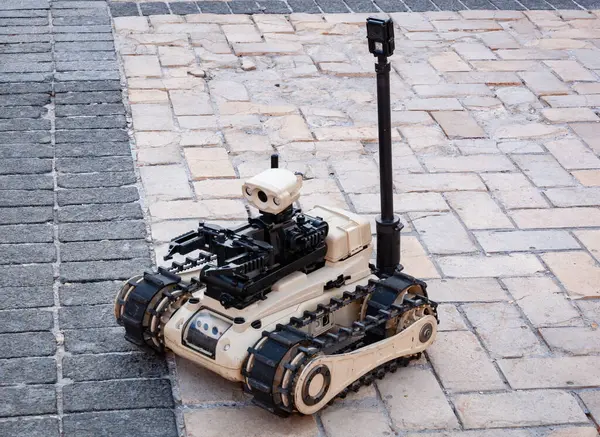
9. The Limits of the Robotic Battlefield
In spite of the momentum, Fedorenko warns against projecting drones as substitutes for conventional arms. Inclement weather can pin UAVs to the ground, and artillery is still irreplaceable: “No one will replace artillery in the next 50 years.” Nor does infantry become obsolete with the need to man tanks and control territory. The static front lines of the war demonstrate that rapid technological adjustment can undermine an opponent’s advantage without being able to deliver decisive breakthroughs.
The intersection of AI, fiber-optic resilience, swarm coordination, and long-range precision has created Ukraine as a proving ground for 21st-century robotic warfare. Each technology is tested in the most adversarial EW environment on the planet, generating a feedback loop that is revolutionizing not just Ukraine’s defense sector but also the future doctrines of NATO and beyond.
